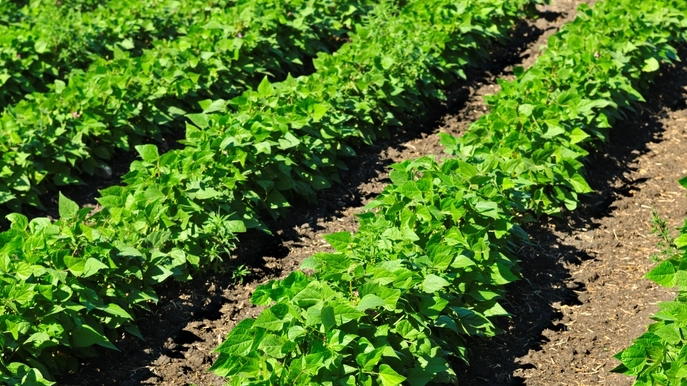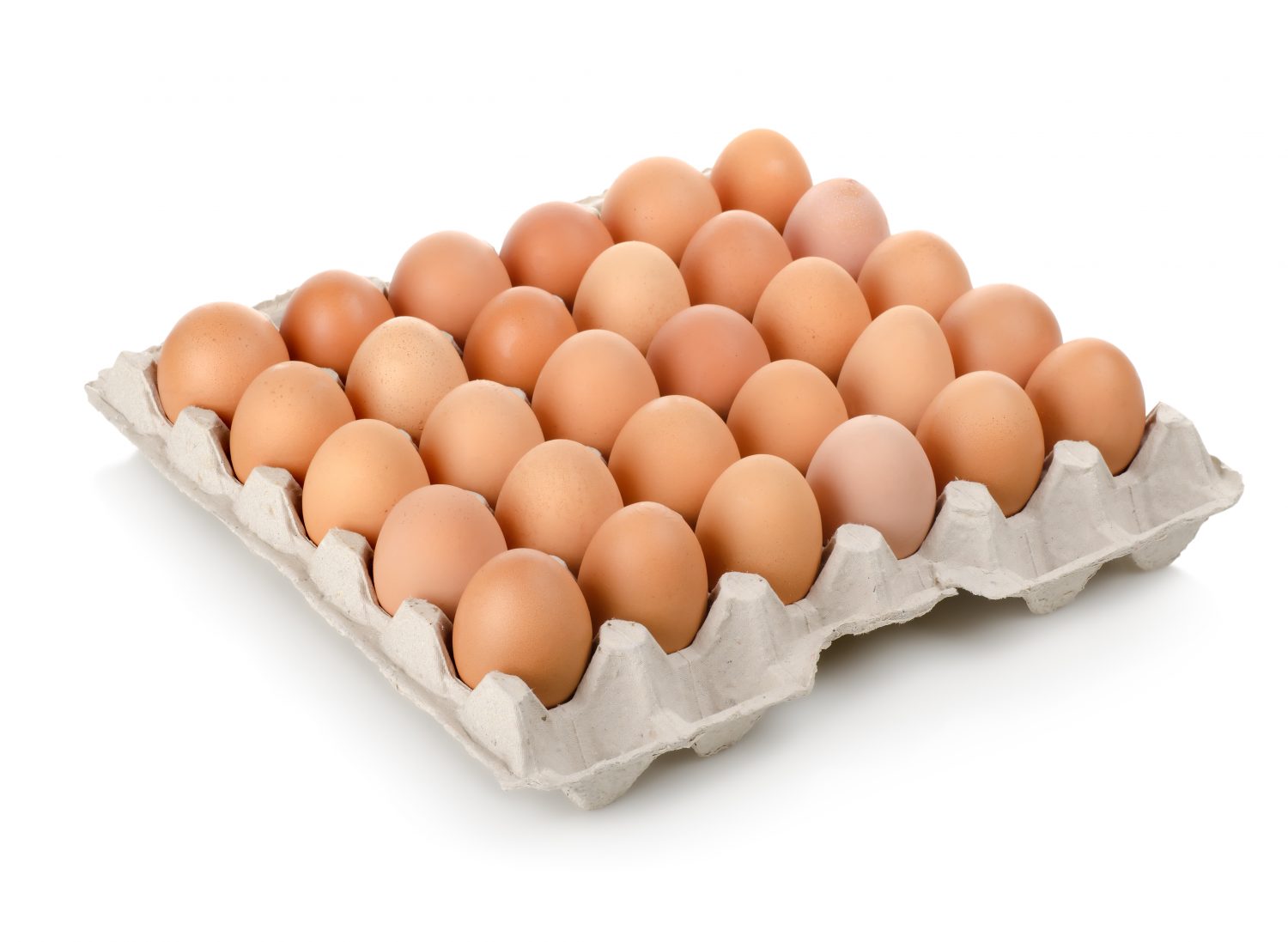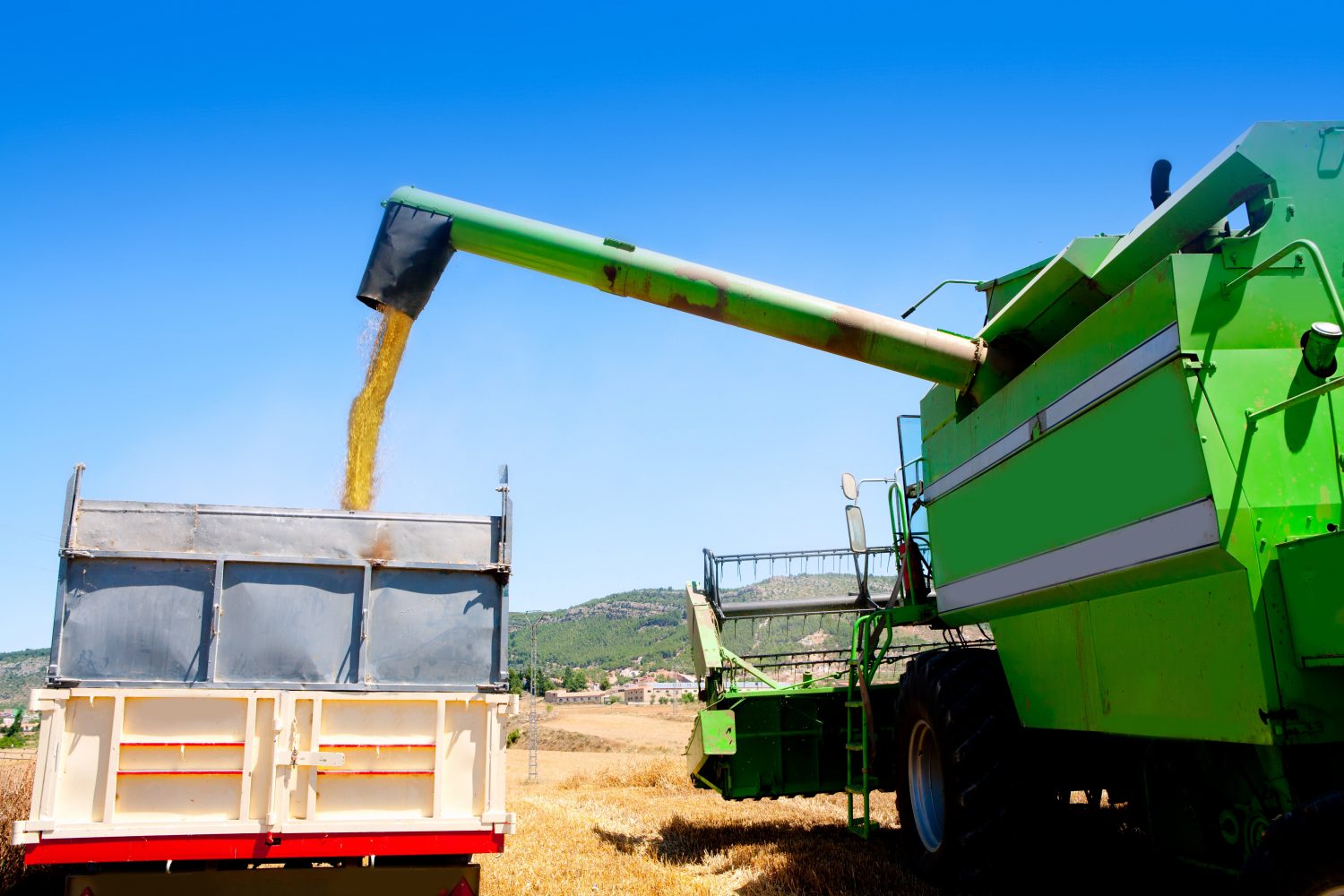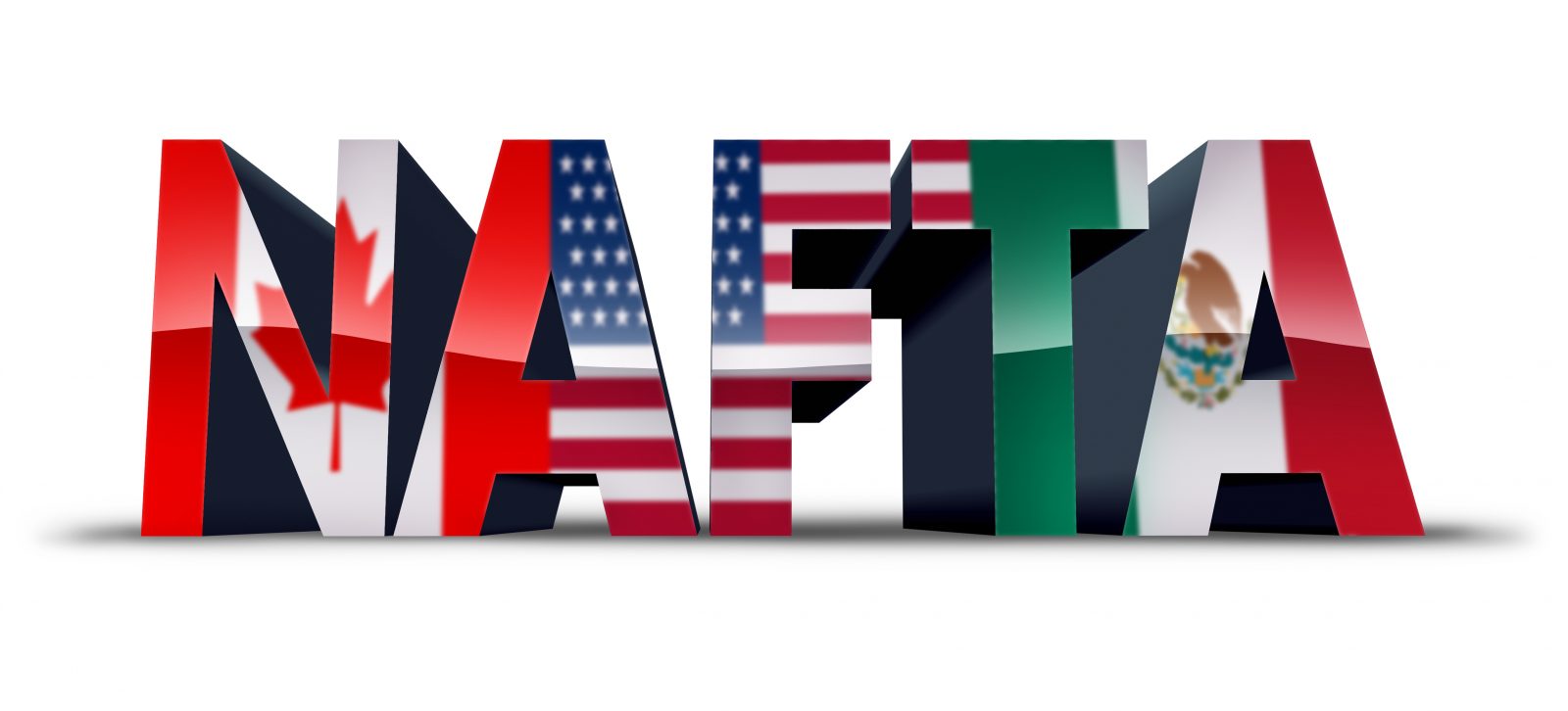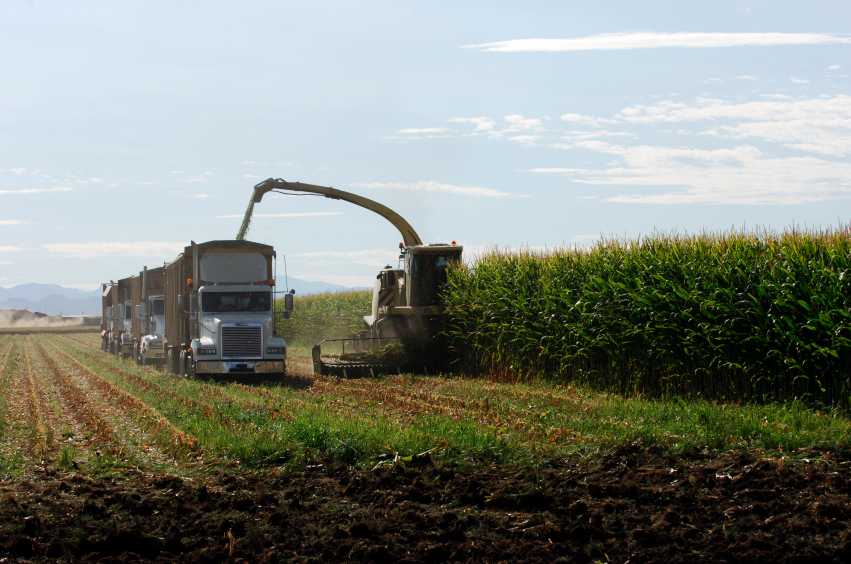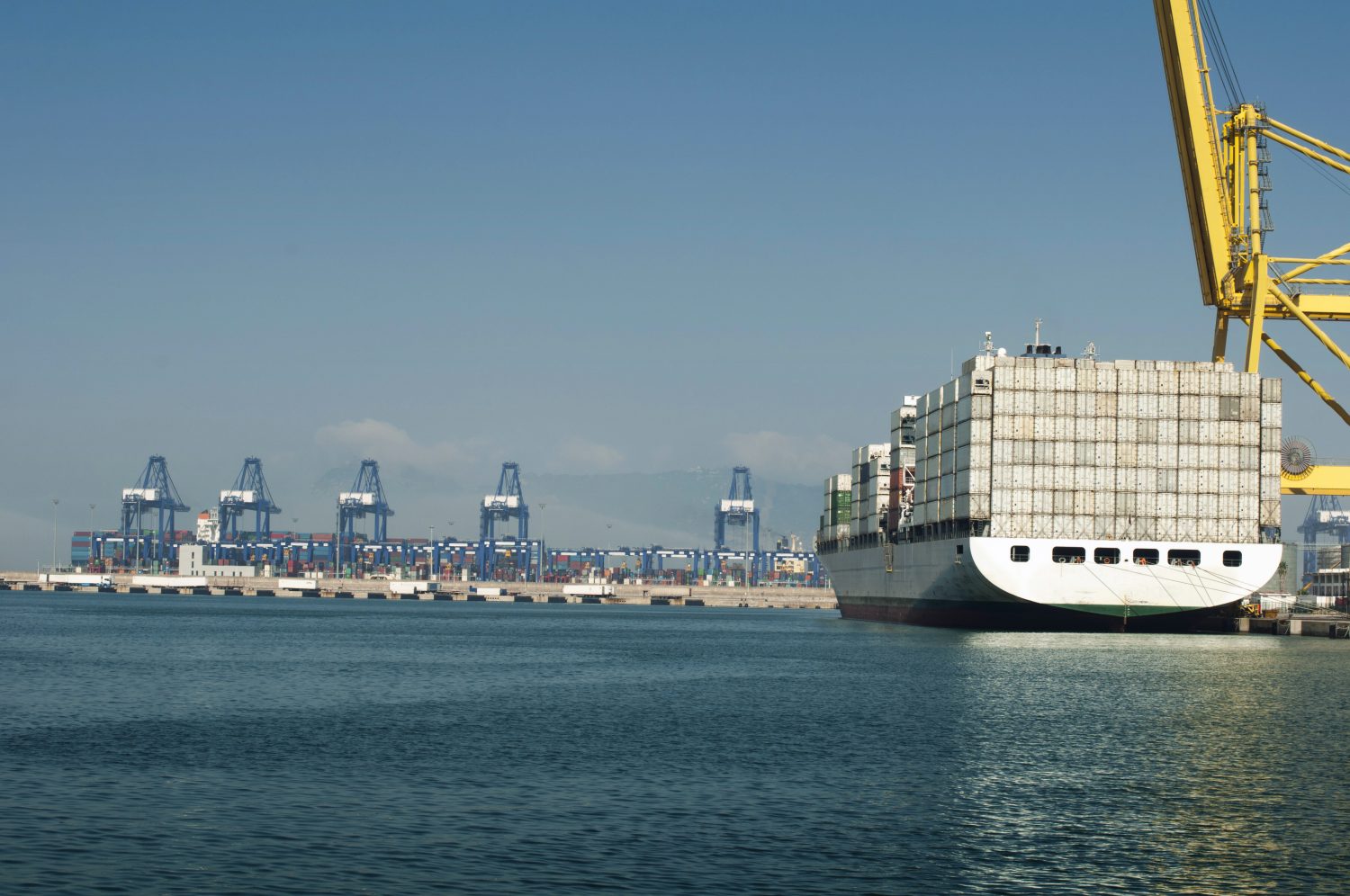Sober, but Hopeful, Picture for Farm Economy
The coming year is pivotal for agriculture because we will find out if we have entered a stabilization zone or if we begin another leg down, says Terry Barr, senior director, CoBank, Washington, D.C.
Barr, along with fellow nationally recognized ag economist David Kohl, highlighted key differences in the current setback in farmland values and the 1980s collapse at the American Society of Farm Managers and Rural Appraisers annual conference.
“The impact of energy prices on commodity prices will likely remain benign, with crude oil ranging from $45 to $60 a barrel,” Barr notes. “Meanwhile, world economies are still in transition after what their central banks and governments did to stimulate their economies out of the financial crisis. This means we will have sustainable, moderate growth in demand but not what’s needed for another explosive burst in demand for commodities.”
Barr says China was growing at up to 14% annually during the supercycle into 2013, but is growing at a 6% rate now.
“If you’re going to drive something powerful in commodities, it will probably come from the supply side rather than demand,” he says.
The U.S. economy is on very solid footing and is in one of its longest run-ups in history, Barr notes. “But there is no reason to believe we are on the brink of a recession,” he observes. “The recovery is very extended, but it is very subdued. The U.S. economy is only 14% larger than it was at the last business cycle high. Usually, the economy surges 35% to 50% greater than its previous peak before a recession occurs.”
Meanwhile, central banks have added $14 trillion to their balance sheets. The U.S. Federal Reserve added $3.5 trillion alone.
“The Federal Reserve is the only central bank raising interest rates,” Barr says. “This is strengthening the U.S. dollar and putting the U.S. in an uncompetitive position. I look for short-term interest rates to move to 2.5% to 3% by late 2019 as a result.”
Overall, the next three to five years will still be challenging for agriculture as the world works through the hangovers from the massive stimulus injected into world economies to ward off the financial crisis. “But the long-term outlook is still very positive for agriculture as a resource-challenged world scrambles to feed and clothe its population,” Barr says.
“The 1980s was a credit bubble, now we’re in an asset bubble,” notes Kohl, professor emeritus, Virginia Tech. “This recent run-up in farmland values has much more equity and working capital behind it. Marginal land is the first to correct, and we’re seeing those values down as much as 25% in some areas.”
Looking ahead, Kohl is watching exports. “They are 20% of ag incomes,” he notes. Impacting that income stream is the value of the U.S. dollar, growth in the U.S. economy and interest rate policies of the Federal Reserve and the central banks of Europe, China and Japan. Any changes in U.S. trade policy could also adversely impact this key source of ag revenue.
With the world glut of grains, oilseeds and commodities, Kohl says it will take a surprising change in production to lift commodity prices. “The good news is global economic growth is synchronized. The emerging market economies are moving higher together, but they need to grow at a 7% to 9% annual pace to lift U.S. commodity prices.”
Fortunately, the exposure of U.S. agriculture to energy prices has decreased as the U.S. has become a major oil producer. “About $8 to $10 spent on ag inputs is spent on something related to oil,” he notes. “But the U.S. is no longer dependent on crude oil imports and has become a major producer. It use to be $60 to pump U.S. crude oil. Now it is closer to $40 a barrel and will soon be $20 a barrel.” That will help restrain input costs going forward.

